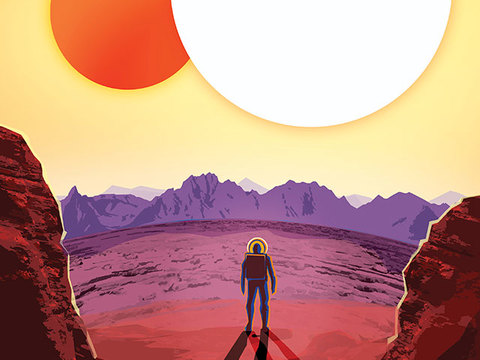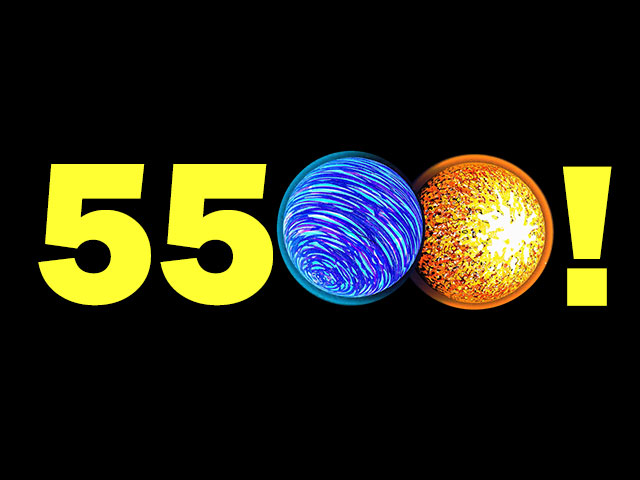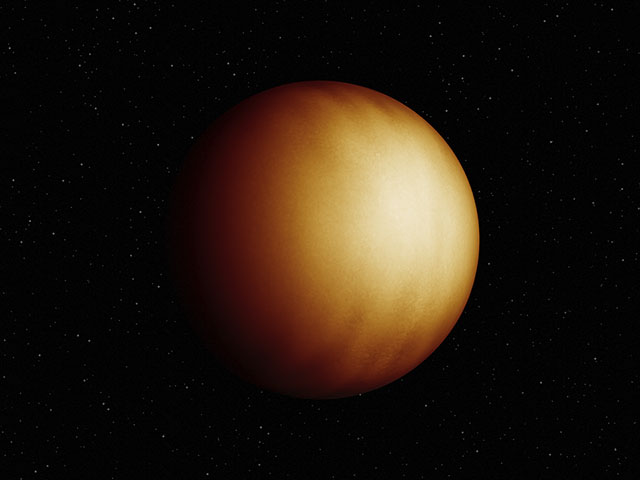At NASA, our mission is to explore. We visit destinations in our solar system and study worlds beyond to better understand big questions – How did we get here? Where are we headed? Are we alone?
Our robotic explorers have toured our solar system, but so far the only place beyond Earth where humans have stood is the Moon. That’s also the next place we’ll send astronauts. But not the last! While humans haven’t yet visited Mars, we’re planning to add bootprints to the rover tire tracks there now.
We also dream. We dream of traveling to distant worlds, and what that might be like. In the video above you can see fanciful, imagined adventures to real places we’ve studied at NASA.
How We Did It
Check out how we created these otherworldly scenes in the video below. A NASA videographer used green screens to add motion and real people to bring life to our series of solar system and exoplanet travel posters.
Let’s unpack one example from the video. The shot of kayaking on Titan showcases the real rivers and lakes of liquid methane and ethane that slosh and flow on Saturn's largest moon. Titan's mysterious surface was revealed by our Cassini spacecraft, which also deployed the European Space Agency’s Huygens probe to the surface. The atmosphere on Titan is so thick, and the gravity so light, that with each strike of a paddle, you might be lofted above the swift current as you ride the tides through a narrow strait called the Throat of Kraken. NASA scientist Mike Malaska studies Titan and collaborated on the poster featured in the video. His research informed the artwork, and so did a hobby: kayaking. Those ultra-cold chemical seas might be even more of a challenge than shown here. Your boat might crack, or even dissolve, Malaska said.
Titan Revealed by Cassini
We’ll learn more about Titan when our Dragonfly mission of dual quadcoptors -- rotorcraft with eight blades each -- visits the icy moon in 2034.
Science Never Stops
Can we visit an exoplanet 42 light-years from Earth? Well, no. But we can examine it with telescopes on the ground and in space to find out more about it. We know the surface of one such world beyond our solar system, 55 Cancri e, is so hot it would melt rocks. And we’ve detected rocky materials, called silicates, in its atmosphere, so…LAVA PLANET!
Our understanding of other worlds is always evolving, and sometimes we learn new details after we illustrate our science. We show a traveler standing on the surface of Kepler-16b with two shadows formed by the planet’s two suns. The planet does indeed orbit two stars, but with later size and mass refinements, we now think it would be hard to stand there and enjoy a binary sunset. There isn't a solid surface to stand on a gas planet, and that's what Kepler-16b now appears to be!
In addition to sharing how sublime science can be, these scenes are a reminder that there are lots of careers in the space program, not just scientist, engineer, or astronaut. A creative team at NASA’s Jet Propulsion Laboratory in Southern California produced the travel posters, originally to help share the work of NASA's Exoplanet Exploration Program. They are the result of lots of brainstorming and discussion with real NASA scientists, engineers, and expert communicators. The video versions of these spacey travel scenes were produced by visualization experts at NASA’s Goddard Space Flight Center in Greenbelt, Maryland.
All of this work is meant to inspire, and to explore the edge of possibility. It’s also an invitation. With science, we’re stepping into the future. Join us?











